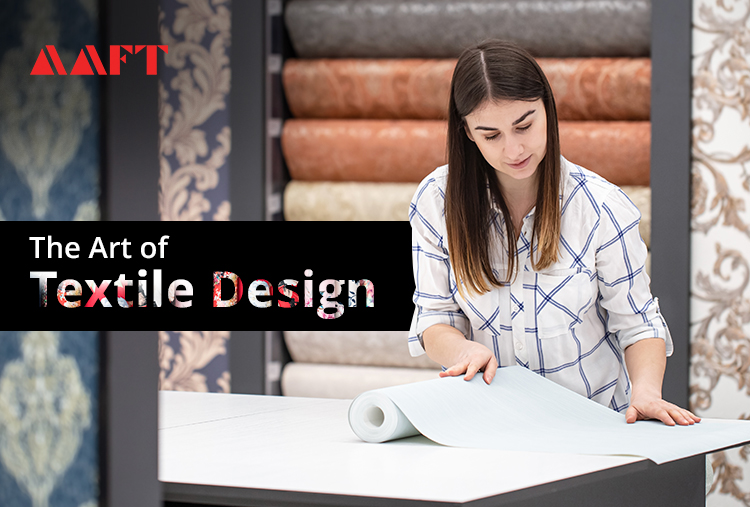The Art of Textile Design
Imagine a world where fabrics tell stories, where patterns and textures evoke emotions, and where colors have the power to transform moods. Textile design is the art form that makes it all possible. This art form is all about using fabrics as a canvas to create unique and functional designs. Textile design isn’t confined to the world of fashion. Its influence extends far beyond the runway. It’s woven into the fabric of our daily lives, quite literally. In this article, we’ll take a closer look at the different aspects of textile design and how it can inspire and enrich our lives.
1: The Inspiration
The first step in textile design is finding inspiration. This can come from anywhere – nature, art, fashion, or even everyday objects. A designer’s keen eye and creative mind are always on the lookout for interesting textures, colors, and patterns that can be transformed into beautiful fabric designs.
2: The Design Process
Do you want free career counseling?
Ignite Your Ambitions- Seize the Opportunity for a Free Career Counseling Session.
- 30+ Years in Education
- 250+ Faculties
- 30K+ Alumni Network
- 10th in World Ranking
- 1000+ Celebrity
- 120+ Countries Students Enrolled
Once the inspiration has struck, it’s time to get to work. The design process is where the magic unfolds. The designer will start by sketching out different ideas for the pattern or texture. This is often done by hand, although digital tools such as Photoshop and Illustrator are also commonly used. The designer will experiment with different color combinations and layout options until they find the perfect design.
3: The Fabric
Now that the design is finalized, it’s time to bring it to life on the fabric. This can be done through a variety of techniques, including weaving, knitting, printing, and embroidery. Each technique has its own unique advantages and challenges, and the choice of technique will depend on the desired outcome of the design.
Book Now →
4: The Applications
Textile design has countless applications, from clothing to home decor to industrial uses. Designers must consider the intended use of the fabric when creating their designs. For example, a fabric designed for a piece of furniture will have different requirements than one designed for a dress.
5: The Future of Textile Design
Do you want free career counseling?
Ignite Your Ambitions- Seize the Opportunity for a Free Career Counseling Session.As technology continues to advance, so does the world of textile design. Digital printing, for example, has opened up new possibilities for creating intricate and detailed designs on fabric. Sustainability is also becoming an increasingly important factor in textile design, with designers looking for ways to use eco-friendly materials and processes.
Conclusion The art of textile design is a fascinating and versatile field that combines creativity, technical expertise, and a love for beautiful fabrics. From inspiration to design to fabrication, each step in the process is filled with wonder and excitement. At the end of the day, textile design is all about creating something beautiful and functional that brings joy to people’s lives. Whether it’s a cozy blanket, a stylish dress, or a piece of art for the home, textiles have the power to inspire and enrich our lives. So the next time you wrap yourself in a cozy blanket or admire a beautiful piece of clothing, take a moment to appreciate the artistry that went into creating it.

AAFT has been providing the world with limitless creativity and expression since 1993! Through a dynamic and industry-driven curriculum, AAFT provides engaging and captivating articles to persuasive blogs and empowers its readers to explore diverse avenues of creative media education-related content.






